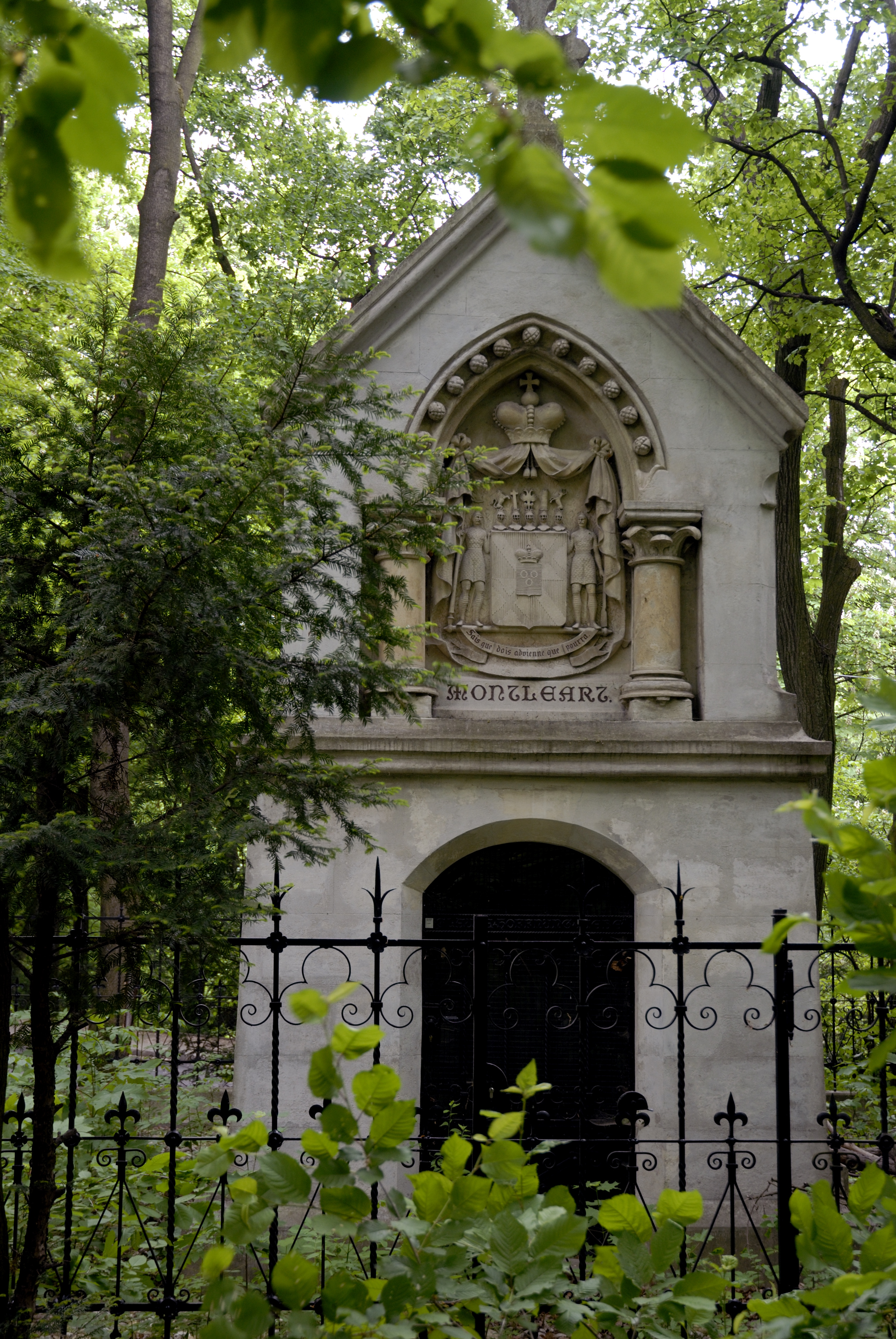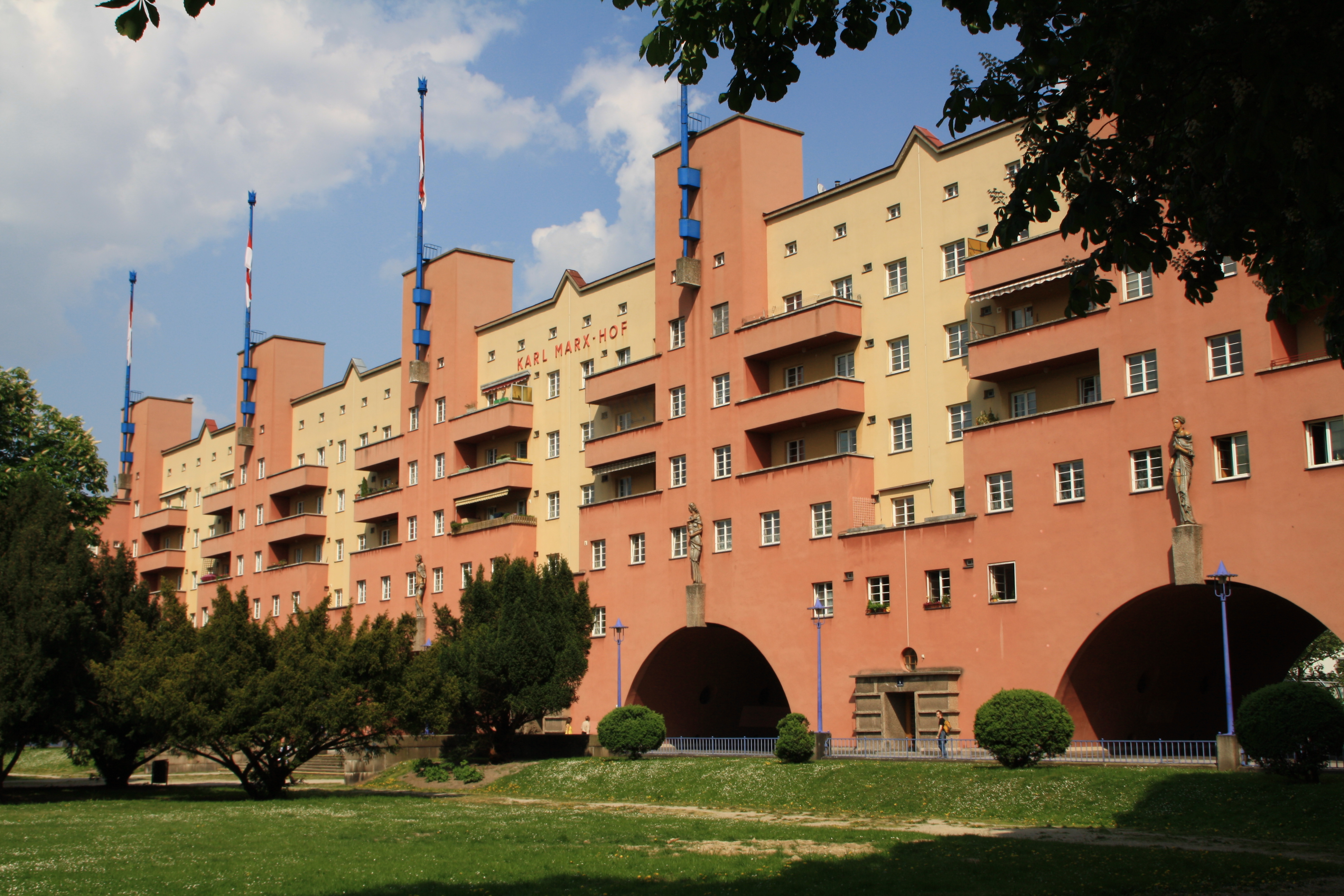|
Ottakring
Ottakring () is the 16th Districts of Vienna, District in the city of Vienna, Austria (). It is located west of the central districts, north of Penzing (Vienna), Penzing and south of Hernals. Ottakring has some heavily populated urban areas with many residential buildings. Statistik Austria, 2008, website: (in German: population is "Einwohner"). Wien.gv.at webpage (see below: References). It was formed from the independent villages of Ottakring and Neulerchenfeld in 1892. Geography The district of Ottakring is located in the western part of Vienna between the ''Gürtel, Vienna, Gürtel'' (a substantial road around Vienna) and the hills of the Vienna Woods, Wienerwald (Vienna forest). The district of Hernals borders to the north, Josefstadt and Neubau, Vienna, Neubau to the east, and Rudolfsheim-Fünfhaus and Penzing (Vienna), Penzing to the south. The highest points in the district are the Gallitzinberg (449 m), also known as Wilheminenberg because a palace (Schloss Wilhemin ... [...More Info...] [...Related Items...] OR: [Wikipedia] [Google] [Baidu] |
Vienna
Vienna ( ; ; ) is the capital city, capital, List of largest cities in Austria, most populous city, and one of Federal states of Austria, nine federal states of Austria. It is Austria's primate city, with just over two million inhabitants. Its larger metropolitan area has a population of nearly 2.9 million, representing nearly one-third of the country's population. Vienna is the Culture of Austria, cultural, Economy of Austria, economic, and Politics of Austria, political center of the country, the List of cities in the European Union by population within city limits, fifth-largest city by population in the European Union, and the most-populous of the List of cities and towns on the river Danube, cities on the river Danube. The city lies on the eastern edge of the Vienna Woods (''Wienerwald''), the northeasternmost foothills of the Alps, that separate Vienna from the more western parts of Austria, at the transition to the Pannonian Basin. It sits on the Danube, and is ... [...More Info...] [...Related Items...] OR: [Wikipedia] [Google] [Baidu] |
Gallitzinberg
The Gallitzinberg (449 m) is a forested hill in the West of Austria's capital, Vienna. While it is relatively inconspicuous in the broader context of the Northeastern end of the Wienerwald mountain range, it is nevertheless remarkable because of its multifaceted history, and because it functions as an important recreational area in the Western uphill part of the densely populated Ottakring district. The Eastern slopes of the Gallitzinberg are dominated by mansions that date from the 19th or early 20th century, and are among the best residential areas of Vienna. Origin of the name The name Gallitzinberg traces to Prince Dmitri Mikhailovich Galitzin, a Russian ambassador to Vienna who in 1780 acquired forested real estate from Field Marshal Count Franz Moritz von Lacy, situated uphill and West of what was then the small village of Ottakring. Originally the area had been named ''Predigtstuhl'' which, literally translated, means “preachers' seat”. This refers to a religious proc ... [...More Info...] [...Related Items...] OR: [Wikipedia] [Google] [Baidu] |
Schloss Wilheminenberg
Wilhelminenberg Castle () is a former palace dating from the early 20th century, which is now a four-star hotel, restaurant and conference facility. It is situated on the eastern slopes of the Gallitzinberg, in the Wienerwald western parts of the Austrian capital, Vienna. History In 1780, Prince Dmitri Mikhailovich Galitzin, the Russian ambassador in Vienna, acquired forested property from Field Marshal Count Franz Moritz von Lacy, situated uphill of what was then the village of Ottakring. He ordered a small ''Jagdschloss'' to be erected, which soon became famous for its social events. By 1824, when the building was already in disrepair, ownership of the estate had passed on to Prince Julius de Montléart (1787–1865) and his wife Princess Maria Christina of Saxony. In 1838, the castle was expanded by adding two side wings. When Julius' son, Prince Moritz de Montléart, acquired the property after considerable legal battles, he gave it to his wife Wilhelmine (''née'' von Ar ... [...More Info...] [...Related Items...] OR: [Wikipedia] [Google] [Baidu] |
Hernals
Hernals (; ) is the 17th district of Vienna, Austria (). Hernals is in northwest Vienna.Statistik Austria, 2007, webpagestatistik.at-23450. Wien.gv.at webpage (see below: References). It was annexed in 1892 out of the townships of Hernals, Dornbach, and Neuwaldegg. Geography The district of Hernals stretches out along the canals of the Als River west of Vienna between the Wienerwald (Vienna Forest) and the Gürtel (a main street around inner Vienna). The Als is the second-longest stream (the longest is the Wien River) to flow from the Wienerwald into the Danube. The highest point, at 464 meters, is Heuberg. The original '' Vororte'' of Hernals, Dornbach, and Neuwaldegg were annexed in 1892 and form the heart of the 17th district. The houses in the central areas were built around the turn of the 19th–20th centuries during the Gründerzeit. Further out, the original farmer houses remain, often with gardens and villas added on. Farmland composes about 29.7% of the lan ... [...More Info...] [...Related Items...] OR: [Wikipedia] [Google] [Baidu] |
Districts Of Vienna
The districts of Vienna ( German: ''Wiener Gemeindebezirke'') are the 23 named city sections of Vienna, Austria, which are numbered for easy reference. They were created from 1850 onwards, when the city area was enlarged by the inclusion of surrounding communities. Although they fill a similar role, Vienna's municipal districts are not administrative districts (''Bezirke'') as defined by the federal constitution; Vienna is a statutory city and as such is a single administrative district in its entirety. Districts District locations The boundaries of each district have been shown as a layer on thimap The following are locations of the 23 districts: # Innere Stadt is the city centre, with numerous historical sites and few residents. # Leopoldstadt is the island between the Danube and the Donaukanal, with Praterstern, Vienna's most frequented traffic spot, and the Prater with Vienna's iconic Giant Wheel. # Landstraße is on the right bank of the Donaukanal, and includes t ... [...More Info...] [...Related Items...] OR: [Wikipedia] [Google] [Baidu] |
KPÖ
The Communist Party of Austria (, KPÖ) is a communist party in Austria. Established in 1918 as the Communist Party of Republic of German-Austria, German-Austria (KPDÖ), it is one of the world's oldest Communist party, communist parties. The KPÖ was banned between 1933 and 1945 under both the Austrofascism, Austrofascist regime and the Nazi Germany, Nazi German administration of Austria after the 1938 ''Anschluss''. The party currently holds two seats in the Styrian and four seats in the Salzburg (federal state), Salzburg (States of Austria, state parliament), but has not had representation in the National Council (Austria), National Council (, Austria's federal parliament) since 1959. In the 2019 Austrian legislative election, legislative election held on 29 September 2019, it won only 0.7% of the votes (32,736 out of a total of 4,835,469), well below the 4% minimum to obtain seats in the National Council. The party's vote share increased markedly to 2.4% in 2024 Austrian legi ... [...More Info...] [...Related Items...] OR: [Wikipedia] [Google] [Baidu] |
Rudolfsheim-Fünfhaus
Rudolfsheim-Fünfhaus (; ) is the 15th municipal Districts of Vienna, District of Vienna, Austria (). It is in central Vienna, west of Innere Stadt. It borders Neubau and Mariahilf in the east, Meidling and Hietzing in the south, Penzing (Vienna), Penzing in the west, and Ottakring in the north. The northern border runs along the Gablenzgasse and eastern border along the Gürtel, Vienna, Gürtel beltway (Neubaugürtel, Mariahilfer Gürtel and Sechshauser Gürtel). It includes the areas of Rudolfsheim (divided into Braunhirschen, Reindorf and Rustendorf), Fünfhaus and Sechshaus.Wien.gv.at webpage (see below: References).Vienna Districts data ''wien.gv.at'', 2008 . Geography Topography The district area of Rudolfsheim-Fünfhaus was, during the Mesozoic Era, near a sea that retr ...[...More Info...] [...Related Items...] OR: [Wikipedia] [Google] [Baidu] |
Josefstadt
Josefstadt (; ; "Joseph-Town") is the eighth district of Vienna (). It is near the center of Vienna and was established as a district in 1850, but borders changed later. Josefstadt is a heavily populated urban area with many workers and residential homes. Wien.gv.at webpage (see below: References). It has a population of 24,279 people (2014). With an area of 1.08 km2 (.42 sq.mi.), Josefstadt is the smallest district in Vienna, and was named after the Holy Roman Emperor Joseph I. It consists of the former '' Vorstädte'' of Josefstadt, Breitenfeld, Strozzigrund, and Alt-Lerchenfeld, as well as parts of St. Ulrich and Alservorstadt. The district borders are formed by Alser Straße (north), Lerchenfelderstraße (south), Hernalsergürtel and Lerchenfeldergürtel in the west, and Auerspergstraße and Landesgerichtsstraße in the east. Josefstadt has developed into a middle-class neighbourhood. Most mayors of Vienna have lived here, as does Austria's former president. Du ... [...More Info...] [...Related Items...] OR: [Wikipedia] [Google] [Baidu] |
Gürtel, Vienna
The Gürtel () is a substantial beltway of Vienna. Running parallel to the famous Vienna Ring Road, it encompasses the inner city districts (''Innenbezirke'') and follows the route of the former '' Linienwall'' outer fortification. The city's red-light district is situated around the Gürtel. History The Gürtel was laid out from 1873 at the site of the former '' Linienwall'' fortification, built under Emperor Leopold I at the beginning of the 18th century to protect his residence from kuruc invasions in the course of Rákóczi's War for Independence. After World War I, the road became the construction site for several public housing estates ('' Gemeindebauten'') in the era of Red Vienna. As in most parts of Austria-Hungary, vehicles formerly moved on the left, like in Britain, until after the Anschluss in 1938. According to German regulations, traffic in Vienna was redirected to pass on the right as elsewhere on the Continent. Plans developed in the 1960s and 70s to rebuild ... [...More Info...] [...Related Items...] OR: [Wikipedia] [Google] [Baidu] |
Gemeindebau
''Gemeindebau'' (; plural: ''Gemeindebauten'') is an Austrian German word for "municipality building".''Gemeinde'' an ''Bau'' in Wiktionary. It refers to residential buildings erected by a municipality in Austria, especially the city of , usually to provide , as an example of . Apartments in the building can be rented from the respective ... [...More Info...] [...Related Items...] OR: [Wikipedia] [Google] [Baidu] |
Urban Open Space
In land-use planning, urban green spaces are open-space areas reserved for parks and other "green spaces." These include plant life, water features also known as blue spaces and other kinds of natural environments. Most urban open spaces are green spaces, though some may consist of other types of open areas. The landscape of urban open spaces can range from playing fields and other highly maintained environments to more natural landscapes that appear less managed. Urban green spaces may also include areas that are not publicly accessible, such as privately owned higher education campuses, school sports fields, allotments, neighborhood or community parks and gardens, and corporate campuses. Areas outside city boundaries, such as state and national parks or rural open spaces, are not generally considered urban open spaces. Boulevards, piazzas, plazas, and urban squares are not consistently classified as urban open spaces in land-use planning. Urban greening policie ... [...More Info...] [...Related Items...] OR: [Wikipedia] [Google] [Baidu] |







